Year of the Hydra is coming to an end – in just over a week, it will be replaced by Year of the Wolf. Standard rotation is always a massive event, its impact on the meta can’t be overstated.
This time we’re losing all of the 2021 expansions and their mini-sets, as well as 73 cards from the Core Set – a total of 583 cards will now be only playable in Wild. Among them, there are a lot of staples that we’ve seen in meta decks since their release. Those cards disappearing means that multiple archetypes will cease to exist, which should, in turn, create space for new decks to rise up.
In this article (or to be more precise a series of three articles), I will showcase some of the most important cards that are rotating out. Cards that have seen a decent amount of meta play, were key to certain archetypes’ existence, or are just good standalone cards that would probably still see play after rotation. I obviously excluded straight-up bad cards or cards that never got enough synergy to be playable. Then I excluded cards that were only played in meme/off-meta decks that were never viable. I also didn’t include cards that were played in the past, but become unplayable after some synergies already rotated out or they got nerfed. Yes, the definition leaves some wiggle room, but I’ve tried my best to include cards that will be most missed from the standpoint of post-rotation Standard format. If I forgot about a certain card, let me know in the comments and I’ll reconsider it.
- Part 1 – Neutral Cards
- Part 2 – Demon Hunter, Druid, Hunter, Mage, Paladin
- Part 3 – Priest, Shaman, Rogue, Warlock, Warrior
Neutral – Common
Mistress of Mixtures was a great 1-drop in slower decks, as it allowed you to contest the board early while not being completely useless later in the game (4 healing is quite handy, especially in Warlock). But there are so may other 1-drop or healing options that losing her won’t really make a big difference.
Peasant has been one of the strongest 1-drops in Standard. While it didn’t fit every deck and meta, it was great whenever you faced decks that couldn’t easily deal with him on Turn 1. Peasant just drawing a single card made it really strong, and if it stayed on board for multiple turns it could snowball out of control. It also often baited premium single target or even AoE removal, just so the aggressive deck won’t draw more resources.
Far Watch Post was one of the most broken 2-drops back when it first launched, leading to a quick nerf from 2/4 to 2/3. Even as 2/3, it still saw plenty of play. While you can’t attack with it yourself, it disrupted your opponent so much that they head to clear it, usually trading 1 for 1 in the early game – with an upside of increasing a cost of 1 or 2 of their cards on your side. Recently it was most commonly played in Big Spell Mage, although the deck has much bigger problems than losing Watch Post (like, you know, losing the Big Spell package).
Venomous Scorpid used to be a staple in many Control decks – while 1/3 body was really small, Poisonous meant that it could easily trade into anything your opponent might have played at this point (other than Divine Shields). Discovering a spell was very useful, you rarely got something completely useless and you could generally pick the right card for the specific situation. Most recently, it was a Blood Death Knight staple. But luckily – Nerubian Vizier performs a very similar role, and it’s probably even better on average because of the potential mana discount.
Guild Trader was a combo card, mostly played by Demon Hunter, but also by some Rogue and Mage decks in the past. It was a relatively cheap source of Spell Damage with an upside of Tradeable keyword – if you drew it in the early game, you could always throw it away and get something else instead. Flexible combo pieces like that are always the best. However, Demon Hunters still have access to Silvermoon Arcanist, so losing Guild Trader hurts, but it’s not the end of the world.
Spice Bread Baker was a solid source of healing, especially in decks that didn’t have access to great forms of class healing. Because of that, it seldom saw play in classes like Warrior, Priest or Death Knight (with great Armor/Health gain), but usually in Warlock or Mage. It wasn’t most efficient, but healing for 9 while you had your hand full was often more than enough to stall long enough against Aggro to win.
Battleground Battlemaster served two roles – a combo piece and a finisher in more Midrange-oriented decks. In the first role, it was usually played as a part of the late game combo together with Charge minions like Mr. Smite. The most popular combo was Charge Warrior with the aforementioned Smite, as well as Captain Galvangar. As for the Midrange decks, the deck has seen a bit of play as a finisher in decks that wanted to play some big minions. The idea was that if any of those big minions stayed on the board without getting removed, you could double their damage. A single 8/8 might not be deadly and your opponent might have survived it for a turn or two, but if you doubled it to 16, maybe buffed it a bit too (buffed damage also doubled), then you could just close out the game out of nowhere.
And finally, Mo'arg Forgefiend didn’t see much play by itself, but it was playable with other synergy cards. Because it was a big minion with Deathrattle, it was sometimes cheated out or revived. The Taunt and Armor gain also means that it would help you stay alive for longer against Aggro/Combo decks. It’s not necessarily the strongest card on this list, but it has seen it share of play.
Neutral – Rare
Irondeep Trogg has to be one of the most important cards rotating out in general. While nowhere near as strong as before its nerf (it used to summon an exact copy, retaining all the buffs), it was still a staple for aggressive decks. Current meta isn’t the best for Trogg because we mostly have other high tempo, board-oriented decks, and not slower, spell-heavy decks, but even now it’s still played in Aggro Mage, Aggro Demon Hunter, Enrage Warrior, and some Unholy Death Knight builds.
In the right deck, Multicaster used to be one of the strongest card draw mechanics. Mostly played in Mage and Shaman (and Hunter to a certain degree, but only decks that ran Secrets), since those two classes had easy access to multiple different spell schools, you could easily pump him to 2-3 card draws, sometimes even 4. And as you can imagine, that many card draws ON TOP of a 3/4 body for just 4 mana was a quite powerful effect. It wasn’t played as much recently, not because it was weak, but simply because decks that used to run it aren’t that viable in the current meta. Still, it’s quite a big loss for those multi-spell-school classes.
Burning Blade Acolyte is really weak by itself. Sure, it’s a 5/8 Taunt for 5 mana, which isn’t bad, but it’s painfully slow because it starts off as a 1/1. It’s vulnerable to Silence, it’s telegraphed so your opponent can play around it, and it usually takes an extra turn to get the Taunt (unless you immediately destroy it yourself). However, the card shined in Deathrattle Rogue decks, mostly because of Snowfall Graveyard. Getting a single 5/8 Taunt for 5 mana is okay at best, but getting two of them is insane. Now if you add some ways to pull it from the deck (like Masked Reveler) or get extra copies of it while buffing it (like Scourge Illusionist), you can probably see how great it was in that deck.
I’ve decided to put Goldshire Gnoll on the list, even though its usability is much more questionable now since it was nerfed from 10 to 11 mana. The card was previously staple in Shaman due to its amazing synergy with Evolve effects, but also some Control decks (mostly Warlock) as a simple cheap 5/4 Rush minion. The nerf killed its Shaman use completely, and while its was still playable in other decks, making it 1 mana more expensive was also a pretty big deal.
Neutral – Epic
Elwynn Boar was one of the most unique cards ever released in Hearthstone. Clearly meant as a meme card, being a reference to the iconic South Park’s World of Warcraft episode, it lead to the creation of a viable and frankly quite powerful deck. Or rather, quite powerful in the right hands – the deck used to dominate high Legend for a while, but it was nowhere to be seen at lower ranks. Boar Priest could stall the game long enough to be able to revive the card multiple times and then the weapon did the rest – not only was it a 15/3, it also destroyed all of your opponent’s mana crystals, setting them to only 1 mana on their turn. It was also semi-playable in Druid, but the deck never reached the mainstream – probably just like the card itself was never intended to reach it.
Long story short, Spammy Arcanist is a Defile on a stick. Of course, “X on a stick” cards are usually better than standalone versions, but in this case you had to pay 3 mana more for just 3/4 in stats, making it quite a bit weaker for what it was meant to do (well, clear the board). Of course, even a weaker Defile was still plenty powerful. It was a staple in slower decks that didn’t have a lot of removal of their own – so mostly different variants of Ramp Druid, but not only. If you set up the board just right, it would often be a full board clear while leaving you with some stats in play at the end of the day. Quite a big loss, mostly for Druid.
Neutral – Legendary
Brann Bronzebeard is rotating out of the Core Set. He was a really hot topic a few months ago, when some of the strongest decks in the meta played him successfully. Of course, as it turned out, it wasn’t ALL his fault – after a few balance changes, he turned out to be quite a bit more balanced than many have suspected. Still, even today he’s one of the most popular cards in the meta (second only to Astalor Bloodsworn) and while no Brann combo really stands out, he’s just a very flexible card that can boost many other cards. Of course, the ultimate combo of Brann + Astalor, the Flamebringer still exists and is still playable in Druid. But you don’t need to deal extra 14 (or 28) damage for Brann to be useful. Playing him together with School Teacher / Nerubian Vizier in the mid game or Patchwerk / Alexandros Mograine in the late game gives you plenty of extra value. Brann rotating out won’t make any specific deck useless, but it will impact many of them to a certain degree.
Blademaster Samuro used to be more popular than he is now because we don’t have many slower Midrange/Control decks with buffs nowadays. But he has still seen a lot of play not that long ago, mostly in Priest and Paladin. The card was often a great 2 in 1 – make a big board presence and clear your opponent’s stuff at the same time. Just buffing him to 3-4 attack meant that you could clear most of the early-mid game boards. He also combo’d quite nicely with Equality in particular, setting all of the minions down to 1 meant that you didn’t need to buff him, only for him to not die when hitting something.
Vanndar Stormpike was always somewhere between a playable and a meme card. We had some viable meta decks that played him, but they were usually Tier 2 and Tier 3. The biggest issue was that when he worked – he worked really well, but you first needed to draw him. A Vanndar deck that didn’t draw Vanndar was usually really, really weak. But if you did – playing 2 mana 5-drops or 4 mana 7-drops was just great. We had all kinds of “Big” decks running Vanndar, but most recently he was played in Big Warlock. We also had an interesting Rogue build that aimed to discount Vanndar to 2 mana (with the likes of Shadowstep or Scabbs) and then play a deck full of 3-drops that now became free. Again, it rode down the line between meme and playable – some people had decent success with it, but ultimately it wasn’t consistent enough.
Shadow Hunter Vol'jin served two main roles – disruption and mana cheating. The first way to play the card was to play it against enemy stuff and either turn a big minion into something small or try to pull out a key card from your opponent’s hand before they can play it. In fact, the latter was one of the main ways for decks like Control Warrior to win in certain matchups. The other way was to play it on your own minions, recently seen in Big/Evolve Shaman – the goal here was to swap one of your small minions (like a 1/1 Piranha or a Totem) with something big in your hand. This way, you could – in the best-case scenario – pull out Neptulon the Tidehunter as early as Turn 5. Overall, he has seen plenty of play over his time in Standard, and while never a must-have card, his absence will be felt by some decks.
There’s a good reason why Charge is rarely seen on the cards nowadays. It’s considered one of the strongest mechanics. That’s why people were really surprised when the original Mr. Smite launched at only 6 mana. The card was broken – it was played by all sorts of decks. Together with other Pirates, regular buffs, handbuffs, and even by itself. And it was – surprisingly – left alone for quite a while, despite being a very, very common nerf prediction. Ultimately, it got changed from 6 to 7 mana, but even after that it was still playable in some builds. Of course – now we’ll have a new Charge card in the rotation (Freebird), but it’s too early to say how strong that one will be compared to Smite.
Mutanus the Devourer was probably the most popular disruption card until Blizzard decided to print Theotar, the Mad Duke at 4 mana in Castle Nathria. While random, destroying a minion from your opponent’s hand was obviously a strong effect. If you played it against decks that ran some late-game win condition or combo card, you usually had at least like 1/4 chance to hit the right target and often straight-up win the game. And even if you didn’t hit anything like that, you still depleted some resources from your opponent while usually putting solid amount of stats on the board. Unless you low-rolled and hit some useless 1/1, that is – but that was quite rare in the grand scheme of things.
Talking about late-game win conditions – for a while, Kazakusan was the premium one and it was all over the ladder, played mostly in Druids and Warriors. The card was nerfed not once, but twice – and ultimately the second nerf almost killed it. Almost. The first nerf removed the most powerful treasure from his pool – but even after that, the card was still viable. But quite a bit later, Blizzard decided that enough is enough and instead of having to play 4 Dragons as a requirement, you could only play it if ALL minions in your decks were Dragon. Because the change meant that you can STILL play him if your deck is completely empty, he didn’t disappear from the meta completely – some decks could still run it if they went through their decks quite enough or the meta was slow enough. And – more recently – the card was playable in Dragon Paladin deck, which – as the name suggests – mostly runs Dragons anyway, so the requirement could often be activated before getting to fatigue.
And finally, Raid Boss Onyxia is another card that has seen a lot of play not that long ago. The card served two purposes – a board flood in a single card combined with amazing removal. Onyxia herself could be used as a big removal, while the 2/1 Whelps handled smaller minions really well. Because she was immune while Whelps were present, if you could play a deck that summoned more Whelps, you could keep her alive for quite a while if your opponent couldn’t clear her. That’s why she was most prominent in Druid – it was quite common to win games through early Onyxia that was then kept alive with Scale of Onyxia or Topior the Shrubbagazzor. While she was definitely strongest in Druid, it wasn’t the only class that played her – Control Warrior and Control (Dragon) Paladin also commonly played her with decent success.

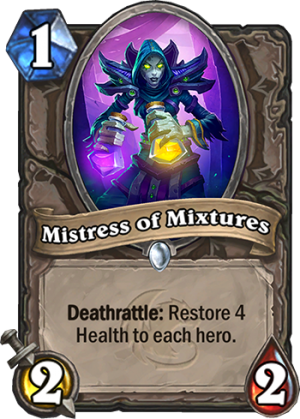
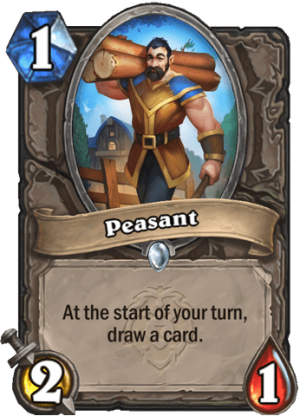
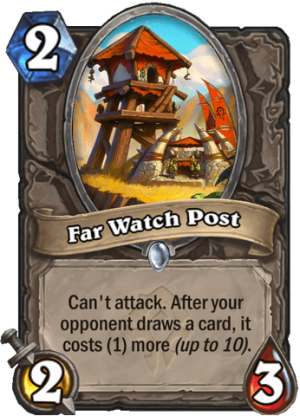
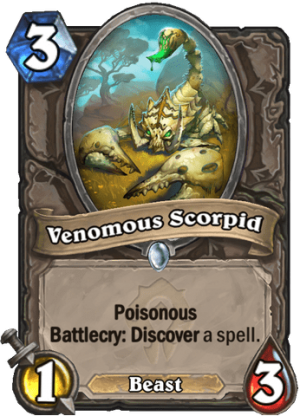
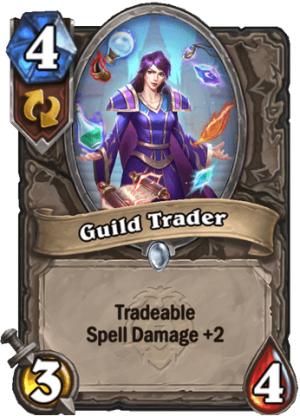
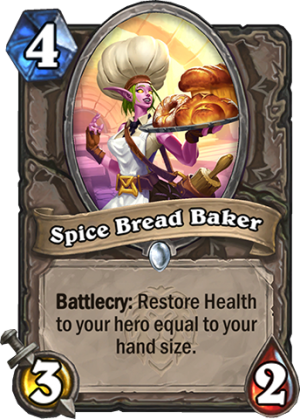
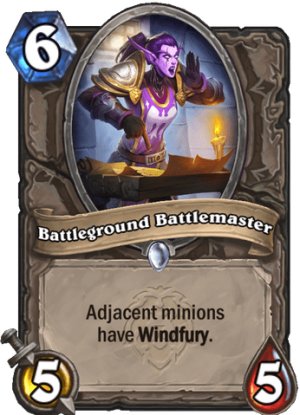

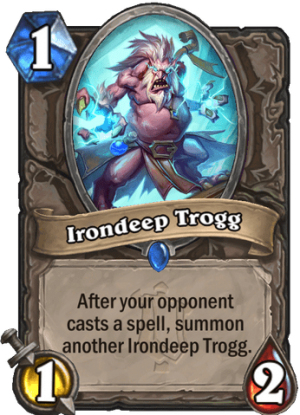
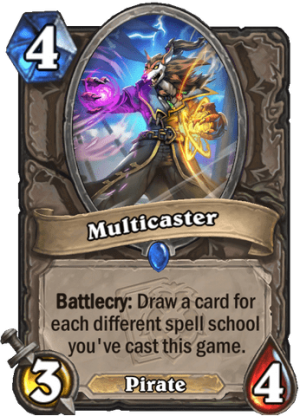
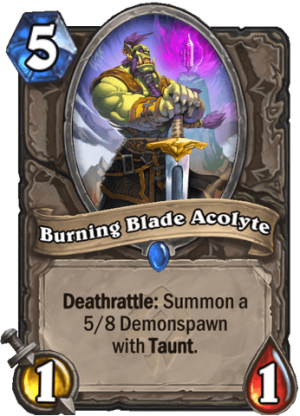

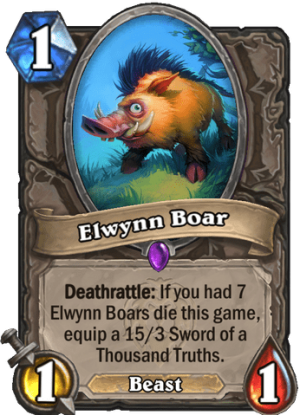
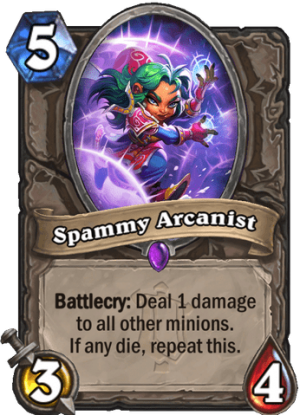
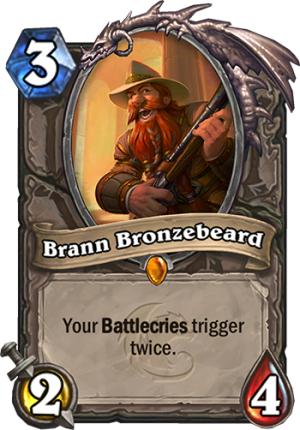
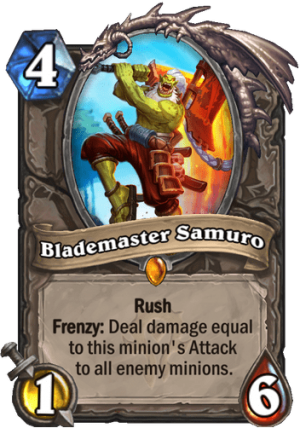
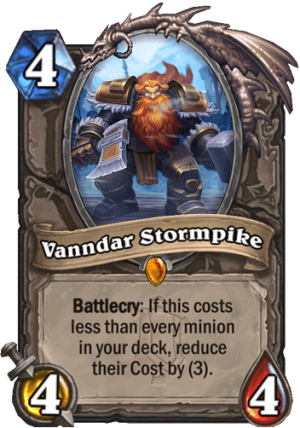
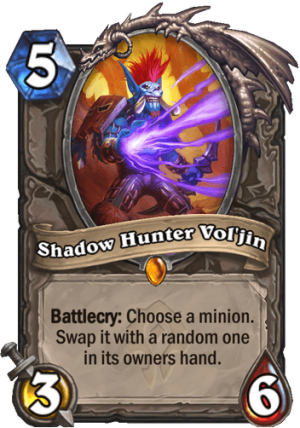
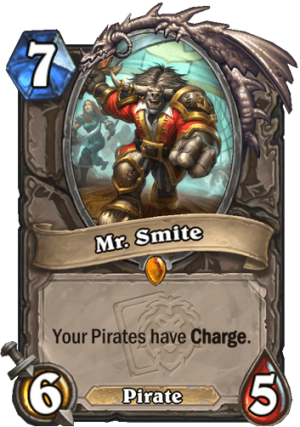
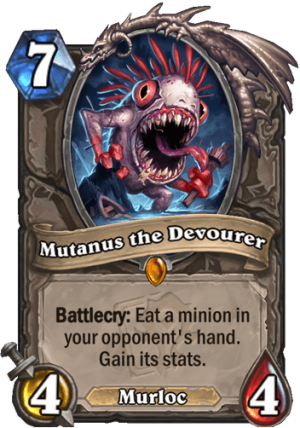
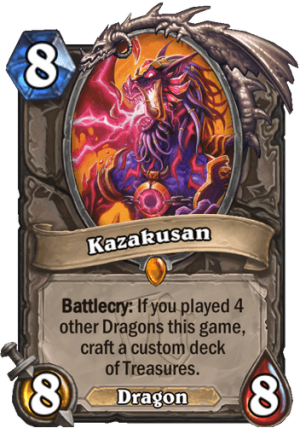
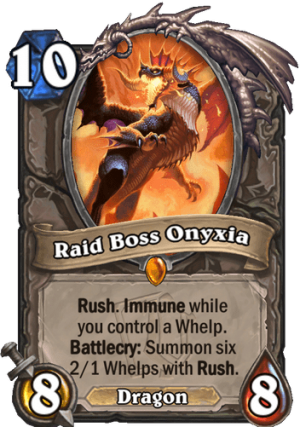
I didn’t realized Mutanus will be out. I love the card, Trogg too. But I’m waiting for new and fresh stuff!! <3
I love the card, Trogg too. But I’m waiting for new and fresh stuff!! <3
Uh… Have I totally lost my mind or did Stonekeep get Kazakusan backwards? The card he’s showing even says “play 4 dragons” not “all minions in your deck must be dragons”, the latter was used when the deck ran out for control decks…
When to expect part2? We really want to know class related cards. Thanks
No Brann combo really stands out? Quest Druid, which is the #1 deck in the game right now (sharing that spot with Miracle Rogue) and an absolute meta warping deck, uses him as its win condition to deal 56 damage as soon as it gets to 11 mana. Great writeup otherwise.